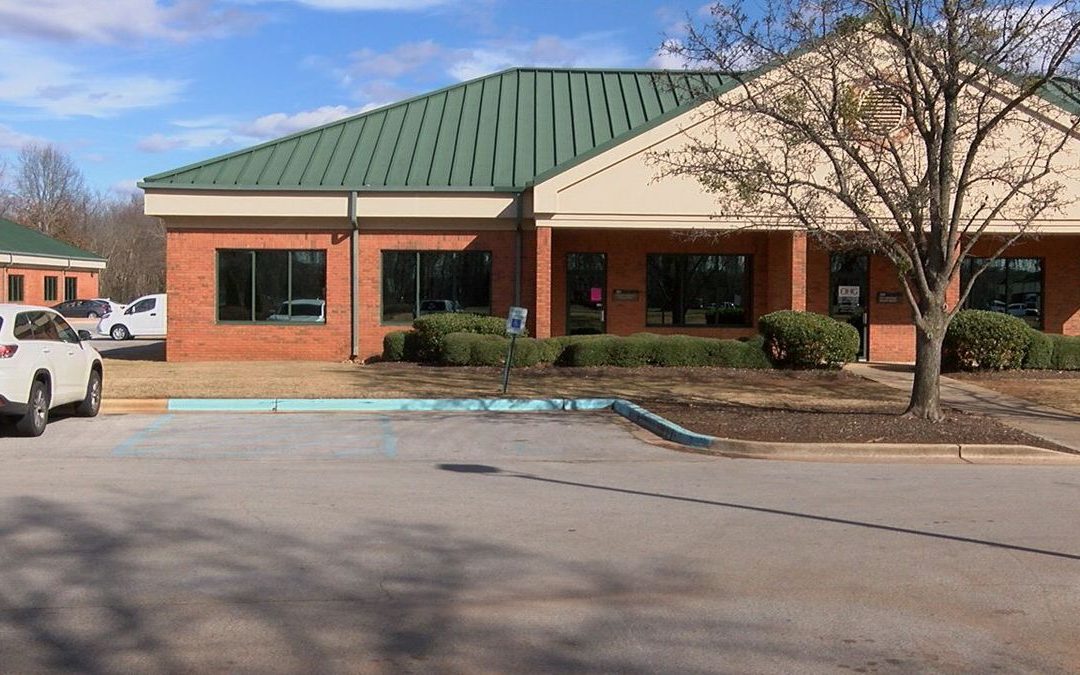Here is an example of the Board of Medical Examiners using PDMP history in the complaint process resulting in the practice shutting down. The record of PDMP checks is there, and a few states are starting to look at their mandated use requirements and the gaps between prescriptions written and PDMP checks done.
This transactional history is part of the state PDMP and can be used now or much later to support complaints.
How do you show your compliance to mandated use?

